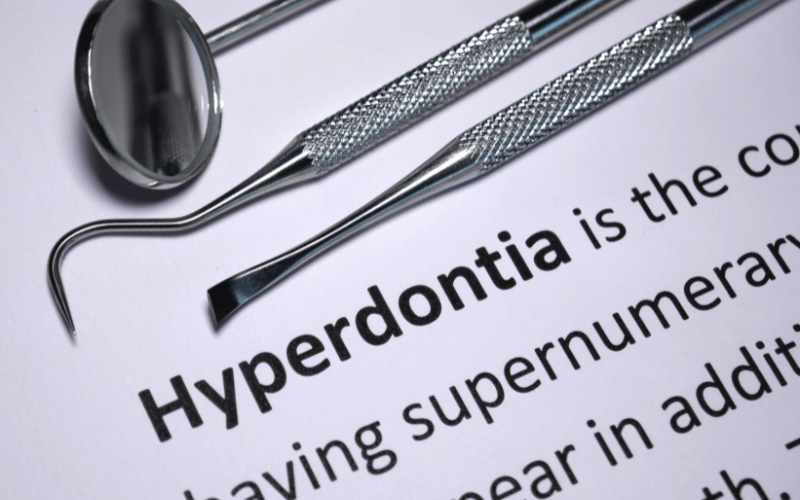Introduction: Delving into Hyperdontia
Hyperdontia, a dental condition characterized by the presence of extra teeth, is more common than many might think, and it brings along a myriad of implications for both oral health and overall well-being. These supernumerary teeth can manifest in various ways, presenting a unique set of challenges and considerations for those affected. As we navigate through the intricacies of this condition, a clearer picture of its prevalence, types, symptoms, and treatment options will emerge, providing valuable insights for both individuals and healthcare professionals alike.

This condition, while not widely discussed, plays a significant role in dental health, impacting individuals across different ages and demographics. The additional teeth can appear in any region of the dental arch, presenting in various forms and sizes, and their impact can range from being a mere anomaly with no apparent symptoms, to causing significant discomfort and necessitating comprehensive treatment. It’s crucial to recognize the signs and understand the potential implications to ensure timely and effective intervention.
In the following sections, we will embark on a detailed exploration of hyperdontia, uncovering essential facts and shedding light on the crucial aspects of this condition. From its definition, types, and causes, to its impact on oral health and quality of life, we will provide an in-depth look at what hyperdontia entails and how it can be effectively managed.
1. Understanding the Prevalence of Hyperdontia

Hyperdontia, characterized by the growth of extra teeth, is not as rare as one might think. The prevalence of this dental anomaly varies globally, but studies suggest that it affects between 1% and 4% of the population.
The additional teeth, known as supernumerary teeth, can develop in any area of the dental arch. They are more commonly found in permanent teeth rather than deciduous (baby) teeth.
In breaking down the demographics, hyperdontia seems to have a predilection for certain groups. It is reported to occur more frequently in males than in females.
The reasons behind this gender disparity remain a subject of ongoing research and discussion among dental professionals. Furthermore, the occurrence of hyperdontia varies across different ethnic groups, indicating that genetics may play a significant role in its development.
Hyperdontia is not a condition that should be taken lightly. The presence of supernumerary teeth can lead to a variety of dental issues, including crowding, delayed eruption of permanent teeth, and the development of cysts.
These complications can have long-term implications for both oral health and overall well-being. It is, therefore, paramount for individuals and healthcare professionals to be aware of the signs and symptoms associated with hyperdontia.
The identification and management of hyperdontia play a crucial role in mitigating its potential impacts. Regular dental check-ups and radiographs can aid in the early detection of supernumerary teeth, allowing for timely intervention.
In cases where the supernumerary teeth are causing issues, surgical removal may be recommended. For individuals affected by this condition, understanding its prevalence and implications is the first step towards ensuring optimal oral health. (1)